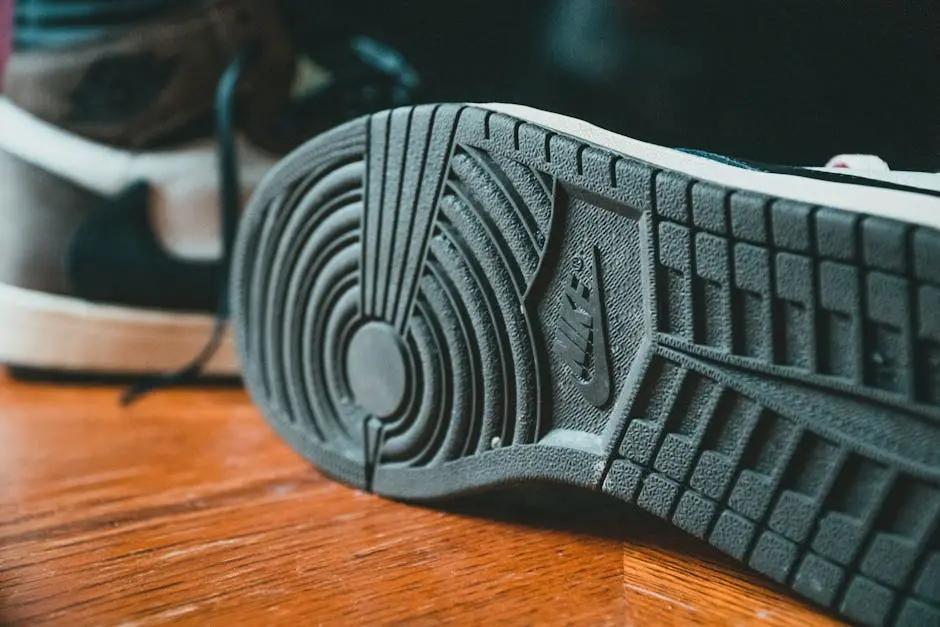
What Materials Are Used in Comfort Sneakers?
Comfort sneakers are renowned for their ability to provide support and ease during everyday activities. But what makes them so comfortable? The answer often lies in the materials used to construct them. In this blog, we’ll unravel the mystery behind the key materials that make comfort sneakers your go-to footwear.
Breathable Mesh Fabrics
Mesh fabrics are often used in comfort sneakers to allow maximum airflow and keep your feet cool and dry. This material is lightweight and flexible, making it ideal for all-day wear. The unique structure of mesh allows for continuous air circulation, reducing the chances of sweaty feet and unpleasant odors. This is especially beneficial during hot weather or intense physical activities, ensuring that your feet remain comfortable and fresh.
In addition to providing breathability, mesh materials contribute to the overall lightness of the shoe. Unlike heavier fabrics, mesh doesn’t weigh down your feet, allowing you to move freely and comfortably. This is crucial for activities like running or hiking, where every ounce counts. Moreover, the elasticity of mesh ensures a snug fit, accommodating various foot shapes and sizes seamlessly.
Memory Foam Insoles
The use of memory foam insoles in comfort sneakers offers personalized cushioning. They adapt to the shape of your feet, providing support where it’s needed most while reducing pressure points. This personalized fit can alleviate common foot problems like plantar fasciitis, making them an excellent choice for those with chronic foot pain.
Beyond comfort, memory foam insoles also enhance the durability and longevity of sneakers. They naturally resist wear and maintain their shape despite prolonged use. This means that your sneakers not only provide exceptional cushioning right out of the box but continue to perform optimally over time.
The adaptability of memory foam is akin to walking on a cloud. Each step is cushioned, absorbing impact and reducing stress on joints, particularly beneficial for the knees and hips. For those concerned about the durability of memory foam, rest assured that manufacturers often combine it with other materials to enhance its lifespan and maintain its supportive qualities longer.
Durable Rubber Outsoles
Rubber is a durable, slip-resistant material typically used in outsoles for providing traction and stability. This ensures you can walk comfortably and confidently on various surfaces. The high friction coefficient of rubber outsoles not only prevents slipping but also enhances energy return, which can be crucial for performance-oriented footwear.
Exemplifying versatility, rubber outsoles perform brilliantly across diverse environments—from icy sidewalks to sandy beaches. The material’s ability to withstand extreme temperatures and resist wear makes it a staple in robust footwear design. For those who love adventures, rubber outsoles can be your steadfast partner, enduring the test of time and elements.
Supportive Leather
Leather is sometimes used for uppers in comfort sneakers due to its unique balance of durability and support. It conforms to your feet over time while offering a classic, timeless look. This material provides a breathable layer that naturally adapts to the wearer’s foot shape, ensuring an improved fit over time.
The use of leather in comfort sneakers adds a touch of sophistication, marrying form and functionality effortlessly. Unlike synthetic alternatives, leather ages gracefully, developing a distinct patina that personalizes each pair. Furthermore, leather’s natural properties allow it to insulate in cooler climates while remaining breathable in warmth, making it a versatile choice for various weather conditions.
Elastic Knitted Fabric
Elastic knitted fabrics provide a snug, sock-like fit that enhances flexibility. They allow for easy movement and are particularly beneficial for people with wider feet. These fabrics stretch in multiple directions, accommodating swelling that might occur during the day, thereby preventing discomfort.
In addition to comfort, these fabrics contribute to the aesthetics of modern sneakers, offering a clean, minimalistic look that pairs well with any outfit. The seamless design minimizes pressure points and friction, often responsible for blisters in traditional shoes. For those who value both style and comfort, elastic knitted fabrics represent the best of both worlds.
Final Thoughts on Comfort Sneaker Materials
Understanding the materials in comfort sneakers can help you make better purchasing decisions tailored to your needs. Whether it’s the breathability of mesh or the support from memory foam, each component plays a pivotal role in ensuring maximum comfort and performance. Happy sneaker shopping!
- Choosing a selection results in a full page refresh.
!










































































